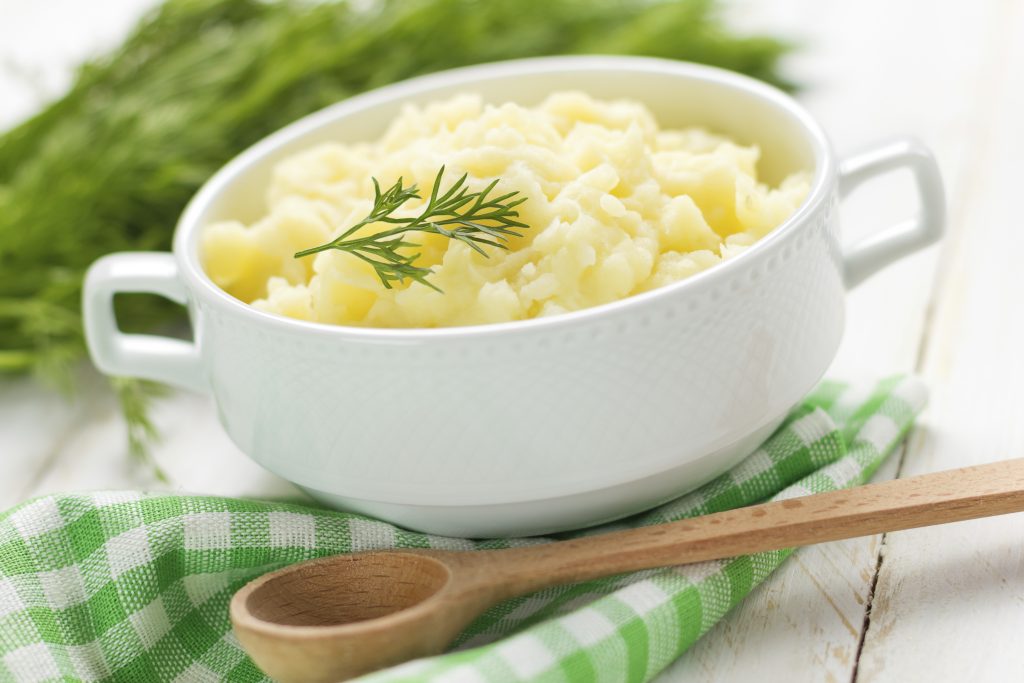Food and Drink Represent Life

The First Step to Letting Go
We live in a culture that places great importance on food and drink. Often preparing our loved one’s favorite foods and drinks is a non-verbal way of communicating love, concern and caring.
Whenever someone is dying, his or her appetite will slowly decrease until they are no longer able to eat, drink, or even swallow. This is painful to watch. The patient’s body ever-so-slowly starts to dehydrate. In this way, the patient can handle the dying process with greater comfort and ease.
Our goal is to follow the patient’s lead at all times, verbal and nonverbal.
Frequently asked.
Should I beg, bribe, or force my loved one to eat and drink?
No matter how hard it is to see your loved one refusing food and liquids, it is their right as a dying human being to refuse anything. We need to understand and respect this.
My loved one wants to eat ice cream for dinner, is that ok?
Please allow your loved one to eat or drink anything they want, anytime of night or day. We need to remember that these are their final meals and it is a pleasure to fulfill their desires on demand. All meals need to look wonderful. Even if it’s only one thing, make sure it looks appetizing and smells good.
I am so fearful my loved one will choke.
Consult with your hospice nurse or hospice dietitian if you have concerns about your loved one’s ability to swallow. Take full advantage of their service.
Things you can do.
Liquids
Thin liquids are difficult to swallow. Commercial thickeners can be used to slowly thicken liquids to the desired thickness. These products can be added to any liquid, including coffee and tea.
Tricks to the Trade
Always moisten the mouth before you introduce liquids or food.
Don’t feed or give liquids to a patient who is drowsy or lying down. Keep them in an up right position for at least twenty minutes after a meal.
Swallowing twice helps to clear their mouth of food.
Gently stroke the patient’s neck to remind them to swallow.
Never wash down food with liquids.
Some people benefit from keeping their neck forward and the chin down when they swallow.
Consult with your hospice nurse or hospice dietitian for any questions or concerns.
PRECIOUS FINAL HOURS CARING FOR A PERSON IN THEIR FINAL HOURS OF LIFE.
ORDER YOUR EASY-TO-USE STUDY TODAY
CYNTHIA NEOTTI:
509-998-7054
20.00 PLUS 2.00 SHIPPING.
Blended Foods
Believe it or not almost all foods can be blended or purred, turning it into soups. At high end restaurants, these purred soups are called “gourmet purred soups”. It’s all about presentation.
Never leave a patient to eat or drink on their own; they are extremely compromised and weak at the end stage and are not able to swallow.
Cut food in small bites, give only one bite at a time.
Don’t hurry the patient, they need time to chew and swallow at their own pace before you offer the next bite.
Encourage the patient to chew well, be sure their mouth is clear of food before you go into the next bite.
If one bite is all they can tolerate, respect what they can eat.
Your goal is to follow the patient’s lead at all times when offering food or drink.

